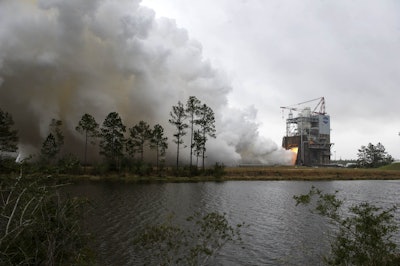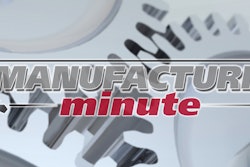
Last week, NASA surpassed a major hurdle in the race to Mars by testing the RS-25 rocket engine, the first of its kind designed for deep-space exploration.
Engineers tested one of the engines, made by California-based Aerojet Rocketdyne, for 500 seconds, which is about the amount of time it takes to power a rocket into space.
“We have exciting days ahead with a return to deep space and a journey to Mars,” said Rick Gilbrech, director of NASA’s Stennis Space Center. “And this test is a very big step in that direction.”
 (Image credit: NASA/Stennis Space Center)
(Image credit: NASA/Stennis Space Center)The 7,775-pound RS-25 engines can produce 512,000 pounds of thrust, and four of them will be used to power the Space Launch System toward deep-space missions that include landing on an asteroid and eventually taking humans to Mars.
Although RS-25s have been used by NASA for about 30 years, they’ve been modified for the challenging SLS missions. During liftoff, the SLS’s engine configuration will provide 8.8 million pounds of thrust — operating at 109 percent thrust — which is 15 percent more than the Saturn V rockets used for moon missions.
More flight tests are in the works before the SLS’s first mission — scheduled for 2018 — including installing the core rocket stage and simultaneously firing all four engines.
Do you think this configuration will succeed in expanding deep-space exploration? Comment below or tweet @KatieeMohr.






















